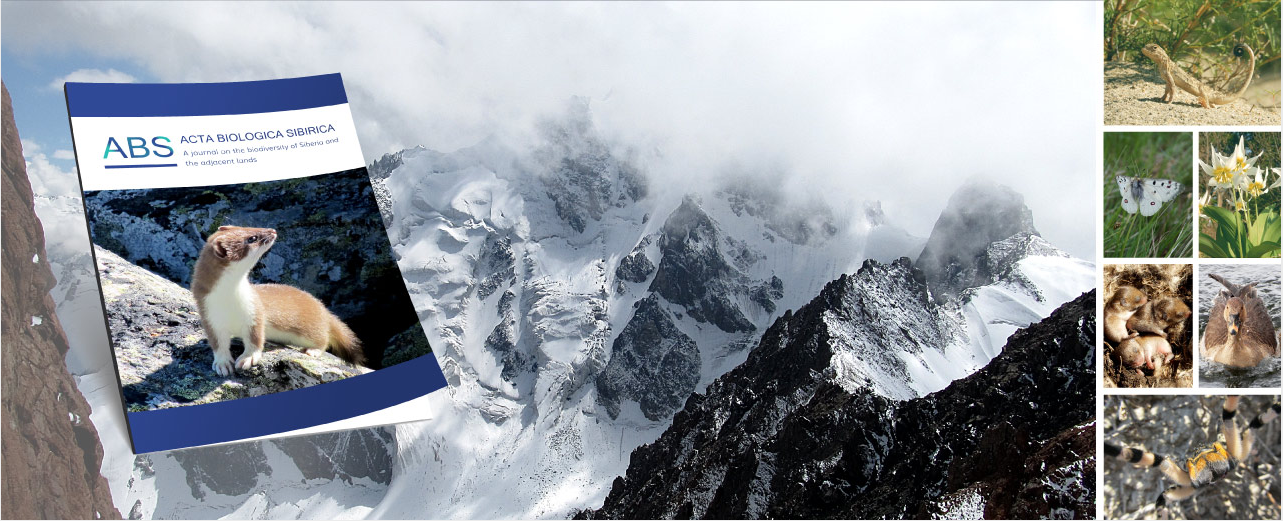( ?? Read in English here)
В началото на юни, платформата за академично публикуване ARPHA приветства официалния журнал на Дружеството на кардиолозите в България, „Българска кардиология”. Списанието излиза за пръв път през 1995 г. като научен орган на Дружеството на кардиолозите в България, член на Европейското кардиологично дружество.
От създаването си насам, журналът изпълнява роля на своеобразен форум обединяващ кардиолозите в страната, като целта на „Българска кардиология” остава разпространението както на постиженията на българските медици, така и на ключовите практически указания на Европейското дружество.
С издаването на първия си брой за 2020, „Българска кардиология” е първото академично издание, което ползва новата двуезична услуга на ARPHA, платформа за академично публикуване, създадена от научното издателство и технологичен иноватор Pensoft.
В резултат на партньорството си с ARPHA, авторите в „Българска кардиология” имат възможността да публикуват научните си трудове на български език или едновременно на български и английски. В двуезичната си версия, текстовете в двата езика ще се четат един до друг. Добър пример за такава публикация е статията „Резистентна хипертония. Съвременни методи на лечение” на екипа от Аджибадем Сити Клиник-Сърдечно-съдов център (София, България) и Софийски университет „Климент Охридски” д-р Александра Чернева и проф. Иво Петров.
(DOI: 10.3897/bgcardio.26.e52712)
За автори, чийто майчин език не е български, „Българска кардиология” осигурява превод на ръкописа им от английски на български, така че публикацията им да е налична и на двата езика. В новия брой на списанието, такъв е случаят с редакционния коментар на международния екип на учени от Медицинския университет в Силезия (Полша), Университета и Кардиологично-белодробната болница в Ливърпул (Великобритания), Белградския университет (Сърбия) и Сръбския клиничен център, озаглавен “Предсърдно мъждене: значение на данните за реалния свят от регионалните регистри. Фокус върху регистър BALKAN-AF”.
Въпреки че подобна двуезична услуга бе въведена от ARPHA в края на 2019 за списанието на Московския държавен университет „М. В. Ломоносов”, Population and Economics, в „Българска кардиология” авторите не са задължени да предоставят версия на ръкописа си на английски. От редакторския екип на българския журнал преценяват, че автори, които смятат трудовете си от интерес конкретно за учени и професионалисти на национално ниво, следва да имат възможността да публикуват статиите си единствено на български. Въпреки това, за тях е необходимо да предоставят метаданните на ръкописа си, включително заглавие, имена на авторския екип, адрес за кореспонденция и резюме на английски за целите на международни агрегатори и бази данни. Откриваемостта на научни трудове през подобни дигитални портали, които да са достъпни от всяка точка на света, е фундаментално изискване за осигуряването на пълноценна достъпност на научното познание в глобален мащаб.
Освен на красивия и интуитивен за потребителите нов уебсайт, „Българска кардиология” вече се радва и на пословичните за ARPHA технически нововъведения, създадени за удобството както на читателите на списанието, така и на авторите, рецензентите и редакторите, по време на целия издателски процес: от подаването на ръкописа до неговото публикуване, архивиране и разпространение. Благодарение на ARPHA, публикуваното в журнала съдържание също така ползва автоматизиран пренос на данни до международни агрегатори и други полезни онлайн интеграции.
„Българска кардиология” публикува оригинални статии, обзори, клинични случаи, редакционни коментари, писма до редактора, ръководства на Европейското дружество по кардиология, съобщения на Дружеството на кардиолозите в България и Европейското дружество по кардиология, материали, изнесени на техни заседания, обяви за симпозиуми, конгреси и др.
“Удоволствие е за всички ни в екипа на ARPHA да посрещнем журнала на Дружеството на кардиолозите в България в нашето портфолио. Смятам, че партньорството ни е страхотен успех и за двете страни. Докато ние успяхме да персонализираме и осигурим необходимите за Дружеството услуги, те ни предоставиха възможността да проверим и надградим уменията си, за да създадем една цялостна двуезична платформа”,
коментира проф. Любомир Пенев, основател и управител на ARPHA и Pensoft.
Списанието ще продължи да бъде издавано и в печатно издание четири пъти в годината.
Посетете сайта на списанието на: https://journal.bgcardio.org/
Допълнителна информация:
За Дружеството на кардиолозите в България
Учредено през 1952 година, целта на Дружеството на кардиолозите в България (ДКБ) е да популяризира най-новите постижения в областта на кардиологията, да съдейства за издигане на професионалното равнище на кардиолозите в страната и да подпомага международните контакти на своите членове. Основната дейност на ДКБ е насочена към организиране на множество международни и национални прояви, конгреси, курсове, семинари, свързани с проблемите на кардиологията.











